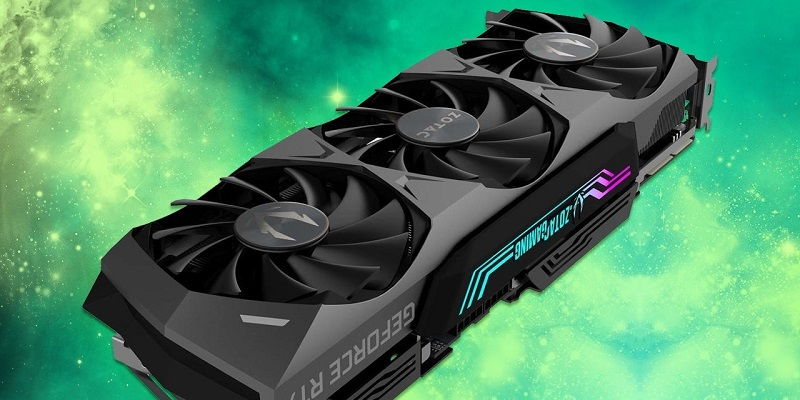AMD’s newly released Radeon PRO W7600 professional graphics processing unit (GPU) has encountered thermal design issues, leading to system blackouts and overheating. In-depth testing conducted by Igor’s Lab has shed light on the root cause and provided a resolution for the problem.
Testing and Findings by Igor’s Lab
During testing, Igor’s Lab discovered that applying load to the AMD Radeon Pro W7600 GPU resulted in black screens at varying intervals, eventually leading to system crashes. To troubleshoot, Igor connected the monitor to the integrated graphics on the CPU, which eliminated the issues and confirmed that the problem lay with the GPU.
Explanation of the Issue
The cause of the problem, as explained by Igor’s Lab, was the inaccurate placement of thermal pads on the voltage regulator modules (VRMs) of the AMD Radeon Pro W7600 GPU. These incorrectly placed thermal pads hindered thermal dissipation and compromised the performance of the vapor chamber, leading to excessive temperatures. Furthermore, the thickness of the thermal pads exceeded standard specifications, limiting effective thermal conductivity.
Resolution of the Problem
Thankfully, resolving this issue did not require extensive measures. Igor replaced the thermal paste on the GPU with new one and utilized thermal pads with optimal thickness. Additionally, thermal paste was applied between the vapor chamber and the cooler, ensuring improved heat transfer. These steps addressed the overheating problem as expected.
Improvements in Thermals
Following the modifications implemented by Igor’s Lab, testing showed a significant reduction in temperatures. The Radeon PRO W7600 GPU now operates within acceptable ranges and maintains system stability under load.
Interestingly, this is not the first instance of an AMD GPU encountering overheating issues. The Radeon 7900 XTX, which belongs to the RDNA 3 GPU lineup, was also recalled due to a flaw in the vapor chamber. This highlights a concerning trend and emphasizes the need for AMD to address thermal design concerns more effectively.
The AMD Radeon PRO W7600 GPU faced overheating issues resulting from inaccurately placed thermal pads on its VRMs. By adhering to the recommended thermal pad placement and transitioning to the optimal thickness, Igor’s Lab successfully resolved the problem. This case raises the importance of thorough testing and quality control in keeping GPUs within safe thermal limits. AMD must address these issues promptly to build confidence among professional users who rely on their products for demanding tasks.

